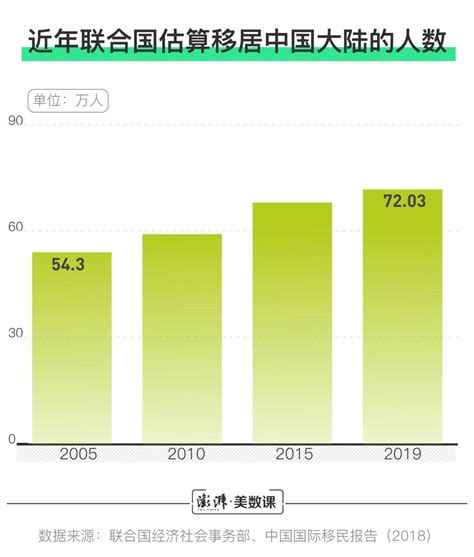移民人数减少
Will Immigration Numbers Increase?

Immigration trends are influenced by a multitude of factors including economic conditions, political stability, government policies, and social dynamics. Predicting whether immigration numbers will increase involves analyzing these factors and assessing their potential impact on migration patterns.
Economic conditions play a significant role in shaping immigration trends. Countries with robust economies and ample employment opportunities often attract more immigrants seeking better job prospects and higher standards of living. Conversely, economic downturns may lead to decreased immigration as job opportunities dwindle and visa restrictions tighten.
Currently, global economic conditions are in a state of flux, with some regions experiencing recovery from the impacts of the COVID19 pandemic while others continue to struggle. In countries where economic recovery is underway, such as the United States and parts of Europe and Asia, immigration numbers may see an uptick as businesses expand and labor demands increase.
Political stability and government policies also heavily influence immigration trends. Countries with stable political environments and welcoming immigration policies tend to attract more immigrants, as individuals seek refuge from conflict, persecution, or simply better opportunities for themselves and their families.
However, shifts in political landscapes can lead to changes in immigration policies, which may either facilitate or restrict the flow of immigrants. For instance, changes in leadership or government priorities can result in the implementation of stricter border controls or the introduction of new visa categories aimed at attracting skilled workers.
Social factors such as cultural diversity, quality of life, and social welfare systems also impact immigration patterns. Immigrants are often drawn to countries known for their multiculturalism, tolerance, and inclusive societies. Additionally, access to quality healthcare, education, and social services can influence individuals' decisions to immigrate.
As societies become increasingly interconnected through globalization and digital communication, the allure of living in diverse and cosmopolitan cities continues to grow, driving immigration to urban centers around the world.
Given the complex interplay of economic, political, and social factors, predicting precise changes in immigration numbers can be challenging. However, several trends and developments may provide insights into potential future patterns:
- Technology and Remote Work: The rise of remote work arrangements facilitated by advances in technology may lead to increased crossborder mobility as individuals seek to live and work in locations that offer a higher quality of life.
- Climate Change: Environmental factors such as climate changeinduced natural disasters and resource scarcity may drive migration patterns as individuals are forced to relocate due to environmental degradation and climaterelated challenges.
- Global Cooperation: International agreements and partnerships aimed at addressing migration challenges, such as refugee resettlement programs and labor mobility initiatives, can influence immigration numbers by creating pathways for legal migration and promoting social integration.
In light of these considerations, policymakers and stakeholders should focus on:
- Adaptable Immigration Policies: Implementing flexible immigration policies that respond to changing economic, social, and humanitarian needs while balancing national security concerns.
- Investment in Integration: Supporting immigrant integration through language training, cultural orientation, and access to essential services to foster social cohesion and maximize the contributions of immigrants to host societies.
- Addressing Root Causes: Addressing the root causes of migration, including poverty, conflict, and environmental degradation, through sustainable development initiatives, conflict resolution efforts, and climate change mitigation strategies.
By taking a holistic approach to immigration management and considering the multifaceted drivers of migration, countries can navigate evolving trends and ensure that immigration policies remain responsive, inclusive, and conducive to the wellbeing of both immigrants and host communities.









